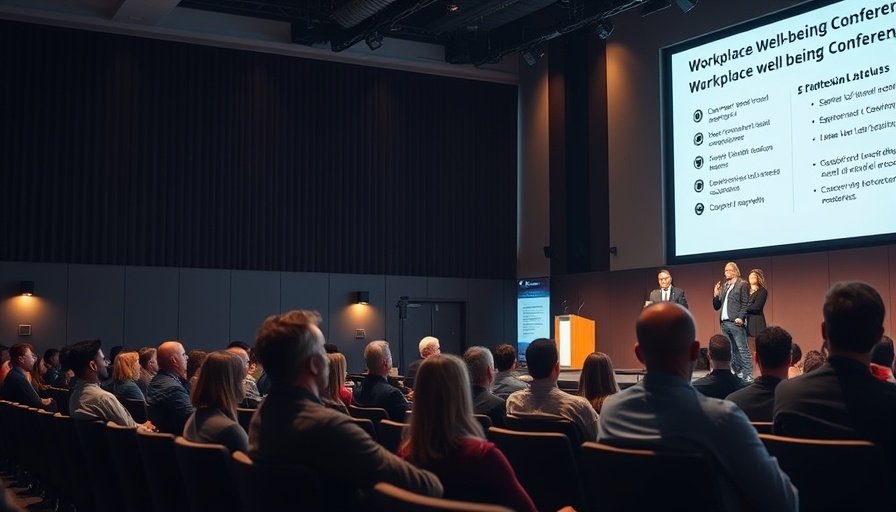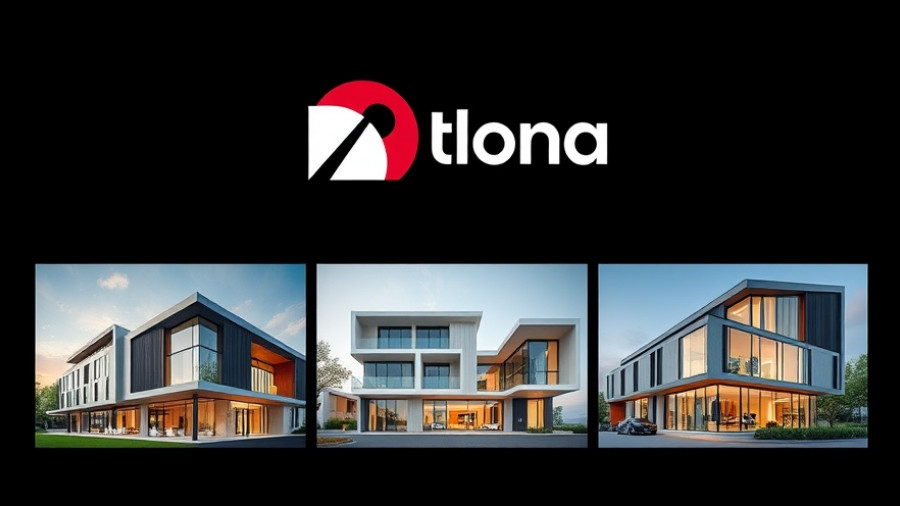
Understanding Workplace Well-being Through a New Lens
The concept of workplace well-being has evolved significantly in recent years, especially as new insights from experts like Adam Grant suggest that it's not just about physical health; it's about cultivating an environment that fosters psychological safety and overall satisfaction. For business owners and facility managers, embracing this holistic approach can significantly enhance productivity and employee retention.
Importance of Psychological Safety in the Workplace
Psychological safety—where employees feel safe to express their ideas and concerns without fear of negative consequences—is fundamental to workplace well-being. According to Grant, organizations that prioritize this aspect create a culture of trust, leading to higher levels of engagement and creativity. For property developers, designing spaces that encourage collaboration and open communication is crucial to supporting this safety. Options such as open floor plans combined with quiet areas can strike a balance that nurtures both collaboration and individual reflection.
Integrating Health into Building Design
Health-conscious businesses are increasingly recognizing that the physical workspace impacts employee wellness. Incorporating design elements like natural light, greenery, and ergonomically designed furniture not only enhances aesthetics but also contributes to better mental health. As a facility manager, investing in these elements may have upfront costs, but the long-term benefits—reduced sick days and improved morale—often outweigh them.
Technology's Role in Enhancing Workplace Well-being
Technology is revolutionizing how we approach well-being in the workplace. From remote health monitoring tools to apps focused on mental wellness, tech-driven solutions can offer employees greater flexibility and resources to manage their health. Businesses should explore these innovations, as they can significantly enhance employee satisfaction and productivity.
Creating Community Connections within Spaces
For community developers, creating spaces that foster connection is vital. Implementing areas for social interactions within developments encourages a sense of belonging among residents and can be a significant draw for future tenants. This intentional design can enhance overall well-being in communities by nurturing relationships and support networks.
Actionable Insights for Business Leaders
To create a thriving workplace, business owners and developers should focus on incorporating elements that bolster both physical and psychological well-being. Regular feedback loops with employees, providing wellness resources, and ensuring that the environment is conducive to both collaboration and personal space are essential strategies. Emphasizing well-being as a core value can lead to a more robust, loyal workforce.
Rethinking workplace well-being is not just an initiative; it's a necessity in today's fast-paced world. By investing in the health and happiness of employees through thoughtful design and technology, businesses can reap the rewards of greater engagement and productivity.
Taking these steps to improve well-being may seem daunting, but the journey begins with small, actionable changes. Engage with your workforce, explore innovative design solutions, and remain flexible in your approach to ensure a healthier, happier workplace.
 Add Row
Add Row  Add
Add 




Write A Comment